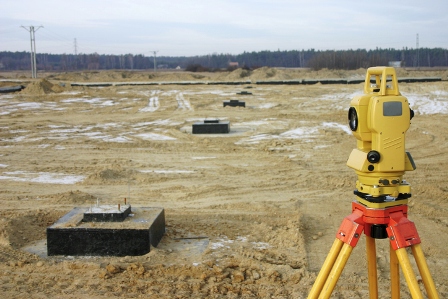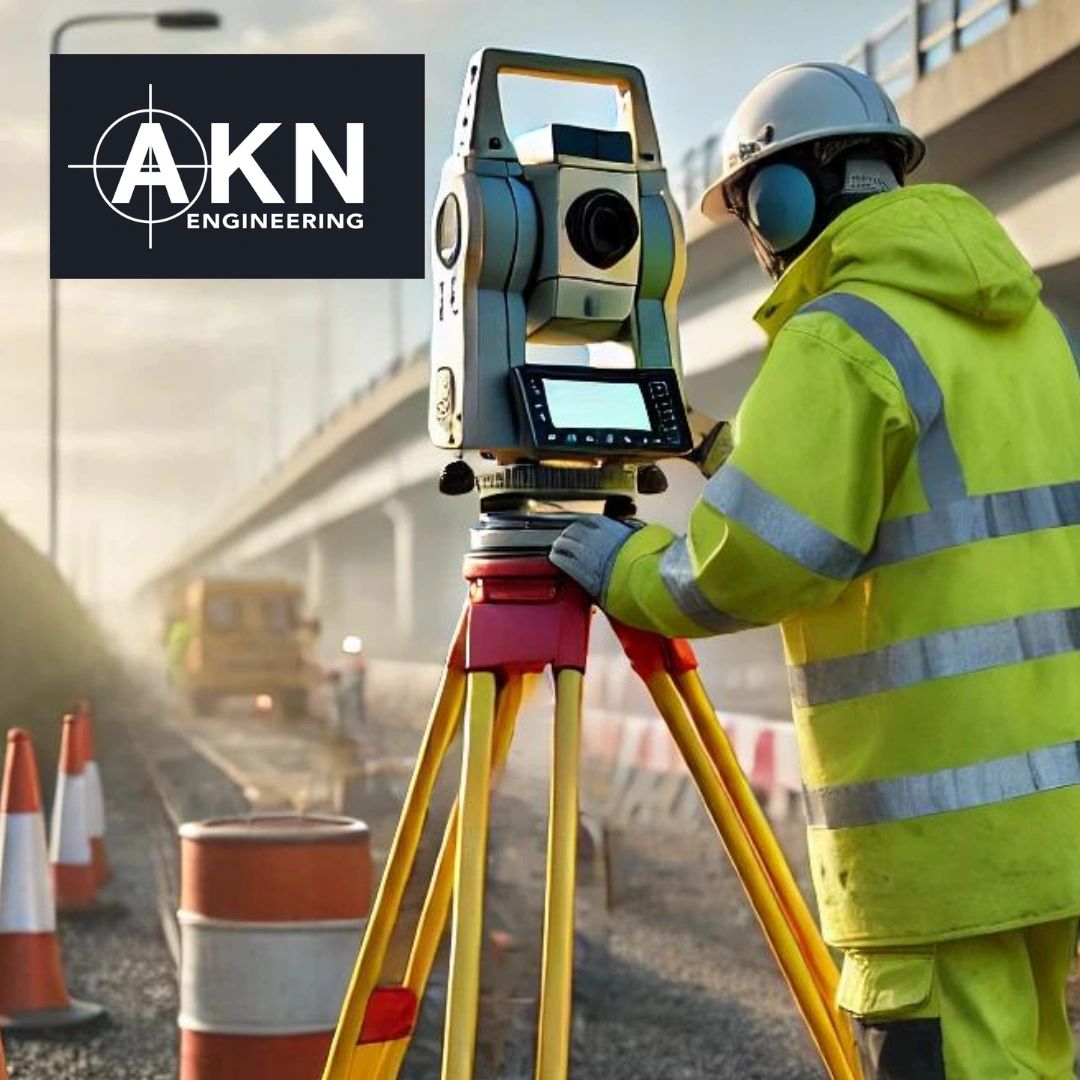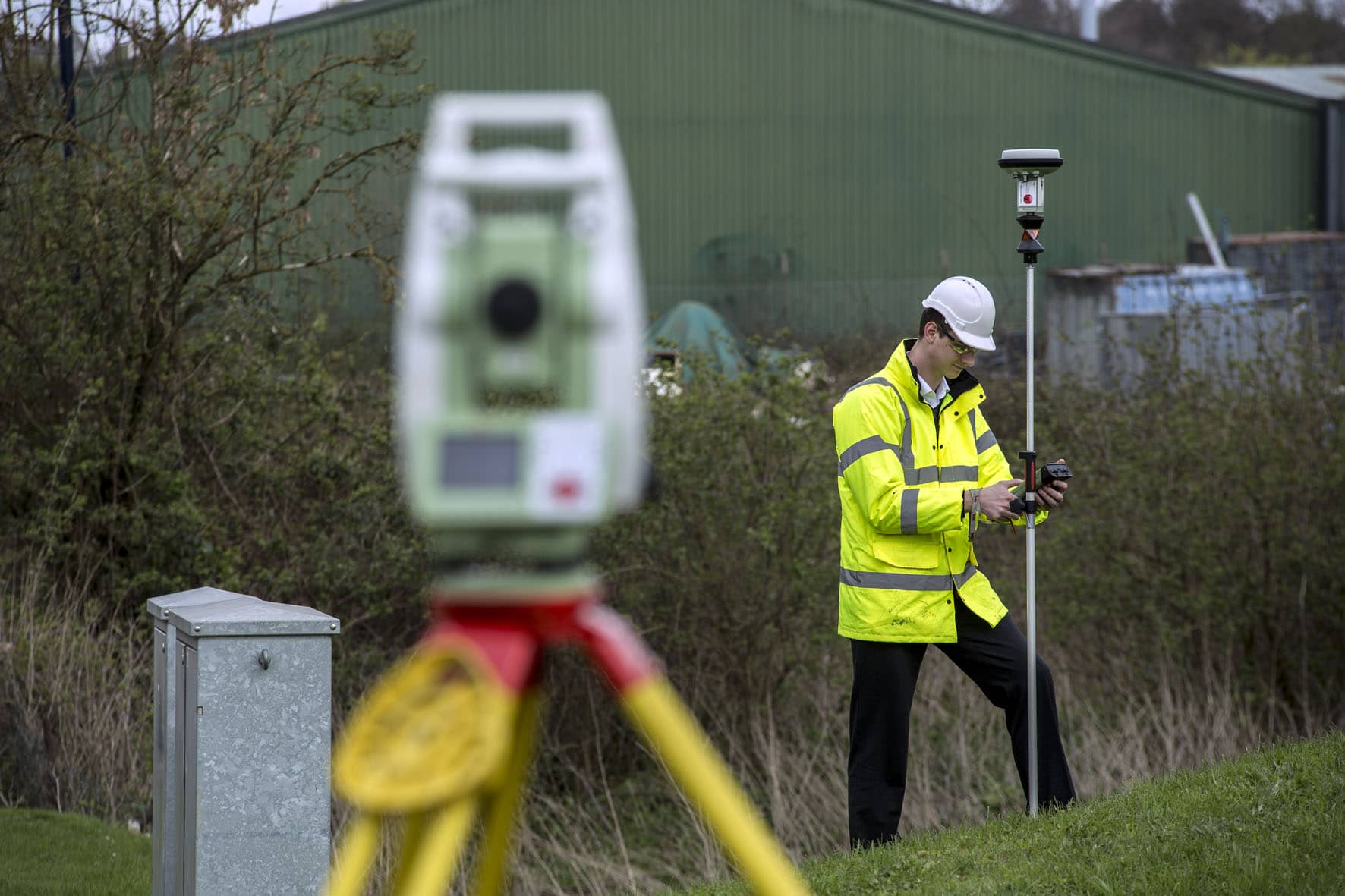The Importance of Setting Out Engineering in Construction Projects
The Importance of Setting Out Engineering in Construction Projects
Blog Article
Essential Tools and Methods in Laying Out Design
The self-control of setting out engineering depends heavily on a collection of crucial devices and methods that underpin the accuracy and effectiveness of job implementation. What effects does this hold for future engineering techniques?
The Value of Accurate Dimensions

The relevance of accurate measurements extends past simple compliance; they are indispensable to the total performance of engineering procedures. Inaccuracies can lead to worldly waste, task delays, and boosted labor costs, eventually affecting the task's profits. Precise measurements enhance the top quality of the last item, making sure that it performs as planned and satisfies the assumptions of stakeholders.
In addition, the significance of exact dimensions is evident in different design self-controls, consisting of civil, mechanical, and electrical engineering. Each field requires an one-of-a-kind method to measurement, yet the underlying necessity for accuracy remains continuous. As projects come to be progressively complex, the reliance on exact dimensions will just escalate, underscoring the need for continuous innovations in measurement techniques and technologies. Thus, cultivating a society that focuses on accuracy is essential for the future of design.
Important Devices for Laying Out
Laying out, an important phase in the design and construction procedure, counts greatly on details tools that guarantee exact area and positioning of structures. Among these tools, the land surveyor's level stands out, giving accurate horizontal dimensions essential for establishing referral factors. This instrument enables designers to identify altitude modifications and keep harmony across the task site.
The overall terminal is an additional vital device, integrating electronic range dimension with angular dimension capacities. This technology enhances efficiency and precision in catching spatial data, permitting for efficient site design and planning.
Furthermore, making use of determining tapes and noting devices, such as chalk lines or stakes, is basic for temporarily marking borders and crucial points on the site. These basic tools, though simple, are important for making sure clear communication amongst the building and construction group concerning task requirements.
Lastly, general practitioner modern technology has actually acquired traction in establishing out procedures, offering real-time positioning information and considerably enhancing accuracy over standard approaches. Jointly, these crucial tools form the foundation of efficient laying out practices, inevitably adding to the successful implementation of engineering and building and construction projects.
Advanced Evaluating Methods
Advanced checking strategies play an essential function in improving the accuracy and efficiency of engineering projects. These methods encompass a variety of methods that offer accurate data for design and building and construction. Traditional approaches, such as progressing and triangulation, have actually evolved right into extra advanced strategies, including Overall Terminal surveys and International Navigation Satellite Solution (GNSS)
Complete Station gadgets integrate electronic theodolites with distance dimension capabilities, allowing surveyors to gather accurate location information with great speed. This innovation substantially lowers errors connected with hand-operated dimensions and provides real-time data processing. Additionally, GNSS offers unparalleled accuracy for large tasks by using satellite signals to why not find out more establish specific positioning, which is essential for making sure and straightening structures compliance with style requirements.
Along with these tools, advanced strategies also integrate geospatial analysis and 3D modeling. These methods enable engineers to visualize surface and website problems better, assisting in better decision-making throughout the planning stage. By utilizing these innovative evaluating techniques, design projects can accomplish greater accuracy in format, lower rework, and eventually improve general task success.
Digital Innovation in Design
The assimilation of electronic modern technology has actually transformed engineering practices, improving both efficiency and precision throughout numerous disciplines. Devices such as Building Info Modeling (BIM) assist in the visualization and administration of complex tasks, permitting engineers to team up perfectly and make educated choices. This modern technology enables the creation of in-depth 3D designs, which can be examined for structural honesty and efficiency before construction begins.

The application of fabricated intelligence and machine knowing in engineering processes further boosts predictive maintenance and optimization of resources. These technologies make it possible for the evaluation of vast data sets, causing far better forecasting and improved task outcomes. In general, electronic modern technology is improving the engineering landscape, driving technology, and guaranteeing that jobs are finished with greater efficiency and reduced risk. As the market remains to advance, welcoming these devices will certainly be necessary for future success.
Ideal Practices for Application
When executing electronic technology in design, it is critical to establish a calculated method that aligns with project objectives and business capabilities. A detailed assessment of existing workflows and modern technology facilities is important to identify voids and opportunities for improvement. Engaging stakeholders early while doing so cultivates cooperation and makes sure that the modern technology fulfills customer demands.

Project supervisors must adopt an iterative execution approach, enabling modifications based upon real-time feedback and performance assessments. This nimble approach not only mitigates dangers yet additionally advertises constant renovation by including lessons found out.
Verdict
To conclude, the integration of important devices and advanced techniques in establishing out engineering is crucial for making sure precision in dimensions and effective job execution. Using tools such as visit site land surveyor's degrees, total stations, and GPS modern technology, along with modern-day surveying techniques, improves precision and reduces the possibility of mistakes. Taking on best techniques in execution better maximizes these processes, inevitably promoting enhanced task results in the engineering and building and construction markets.
The discipline of establishing out engineering relies heavily on a collection of vital devices and methods that underpin the accuracy and performance of job execution.Additionally, the value of accurate measurements is apparent in different engineering techniques, including civil, mechanical, and electric engineering. By using these sophisticated checking techniques, engineering tasks can achieve higher accuracy in layout, decrease rework, and eventually improve total job success.
Generally, electronic technology is reshaping the engineering landscape, driving technology, and making sure that projects are finished with better efficiency and lowered danger (setting out engineering).In final thought, the combination of necessary tools and advanced techniques in setting out engineering is vital for guaranteeing precision in dimensions and successful job execution
Report this page